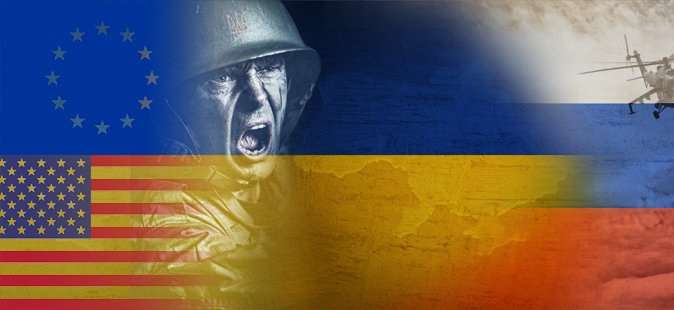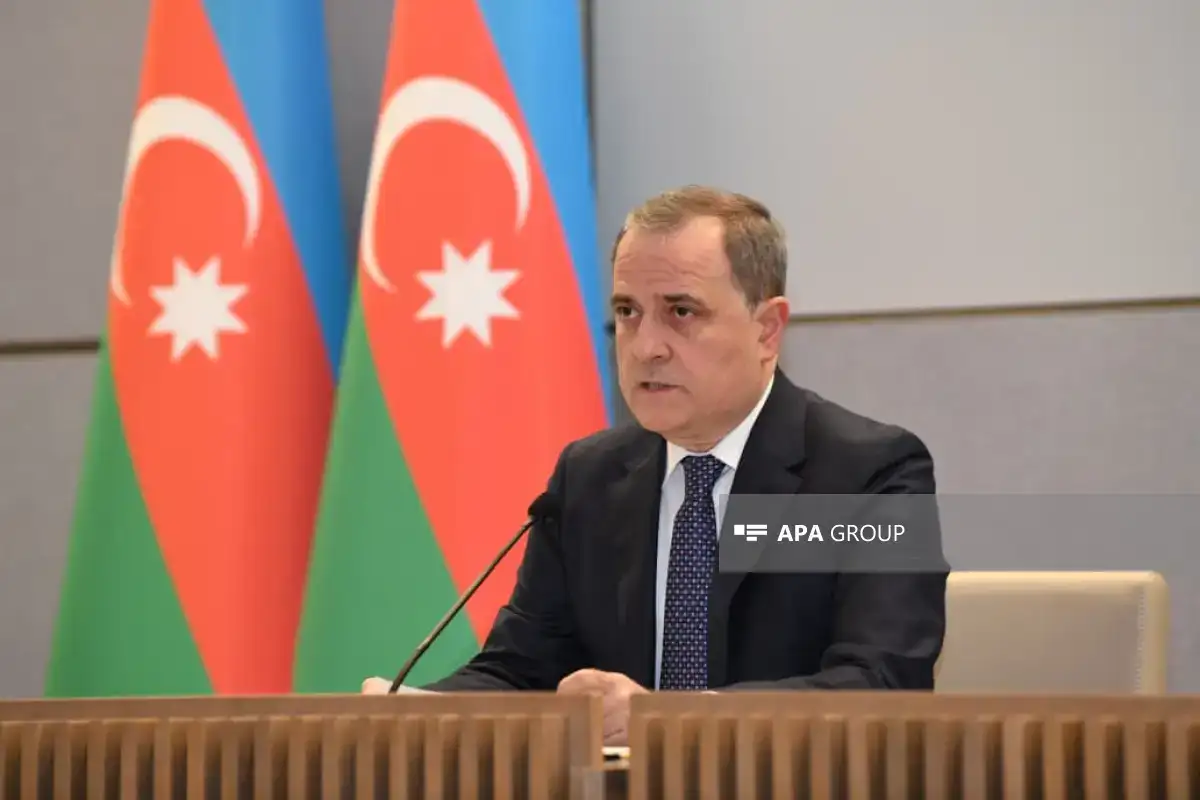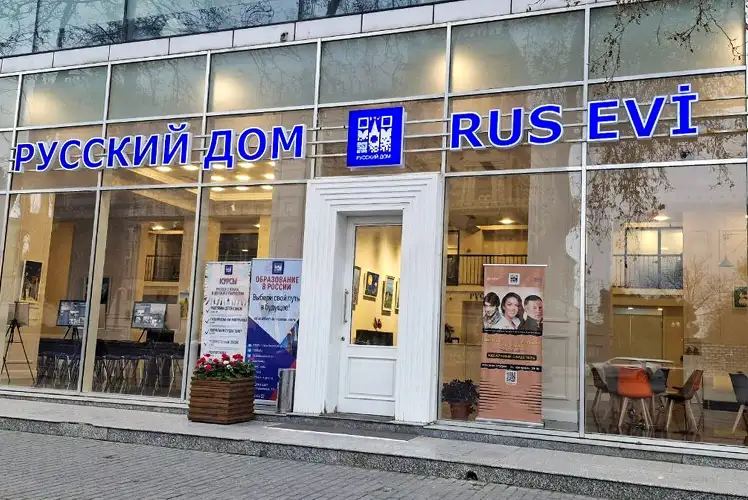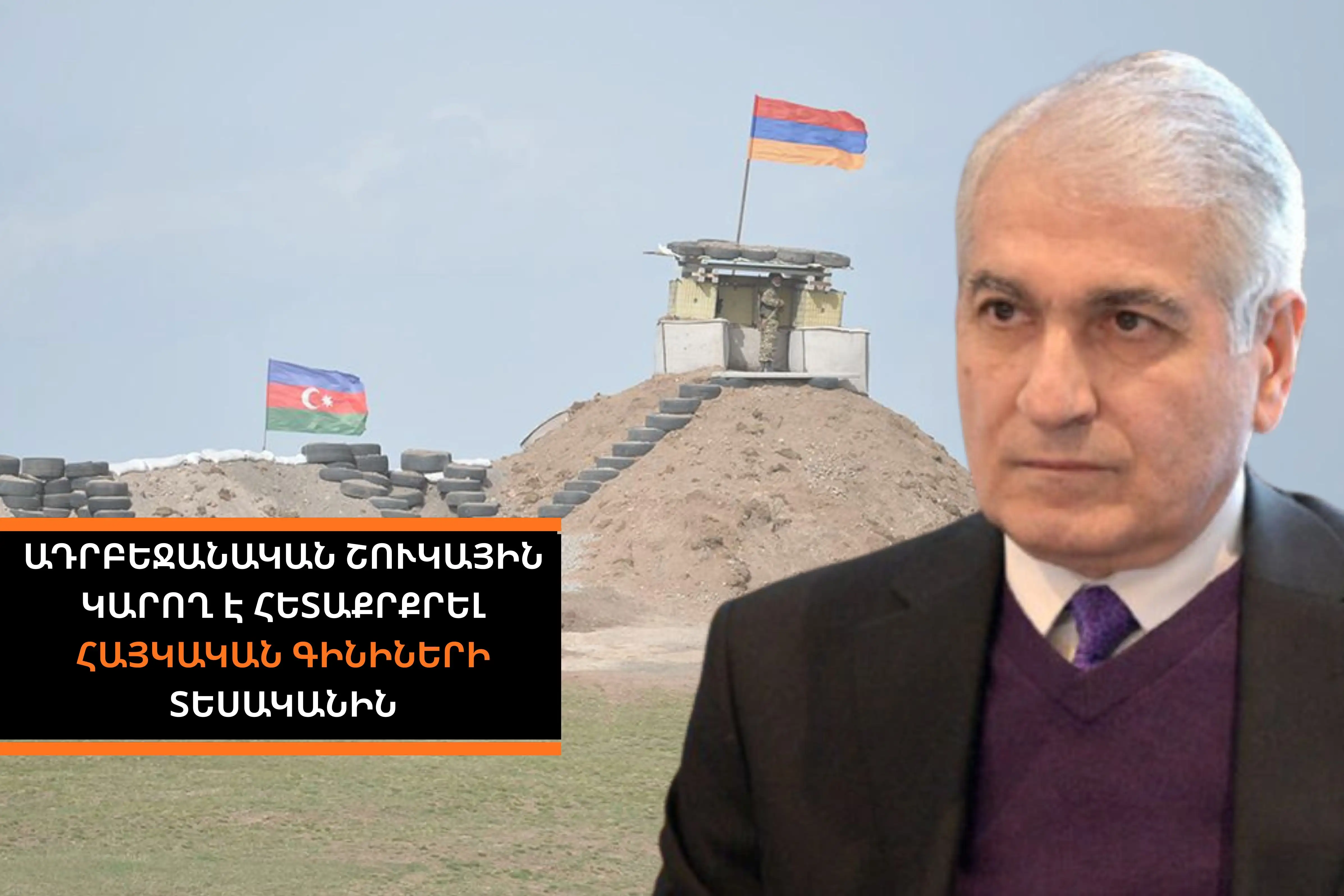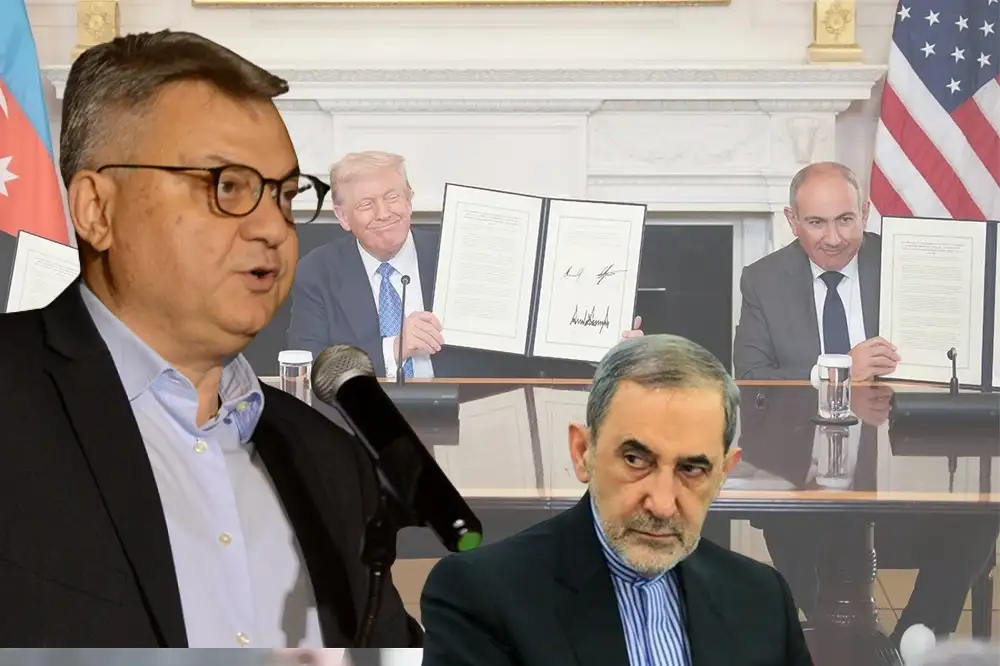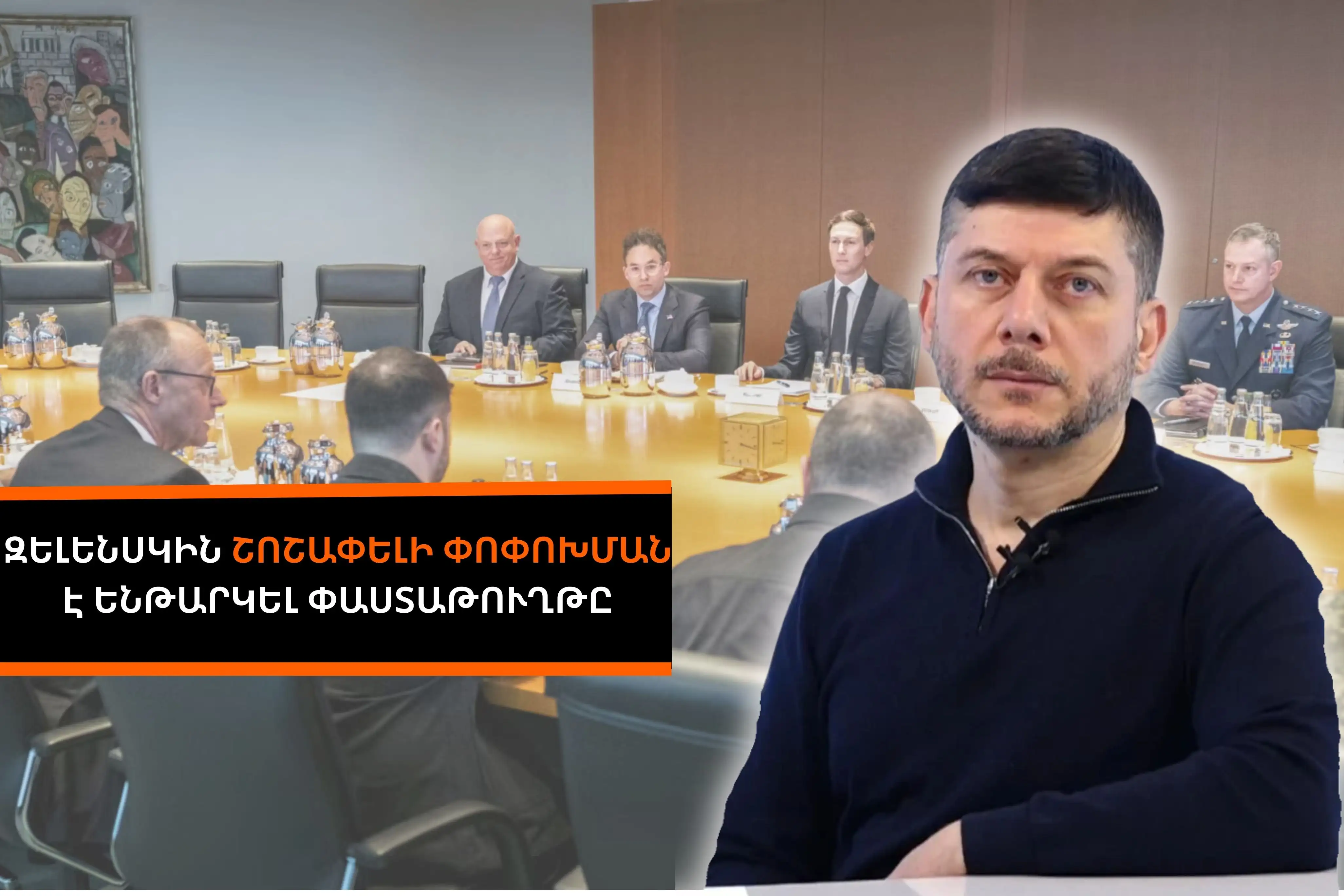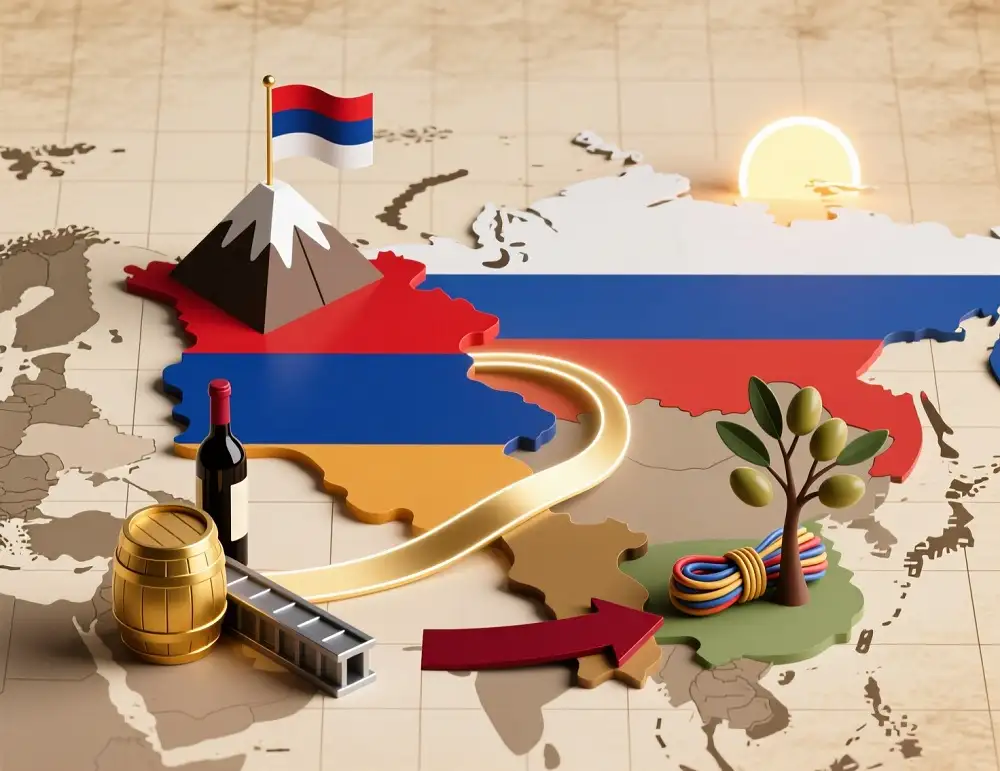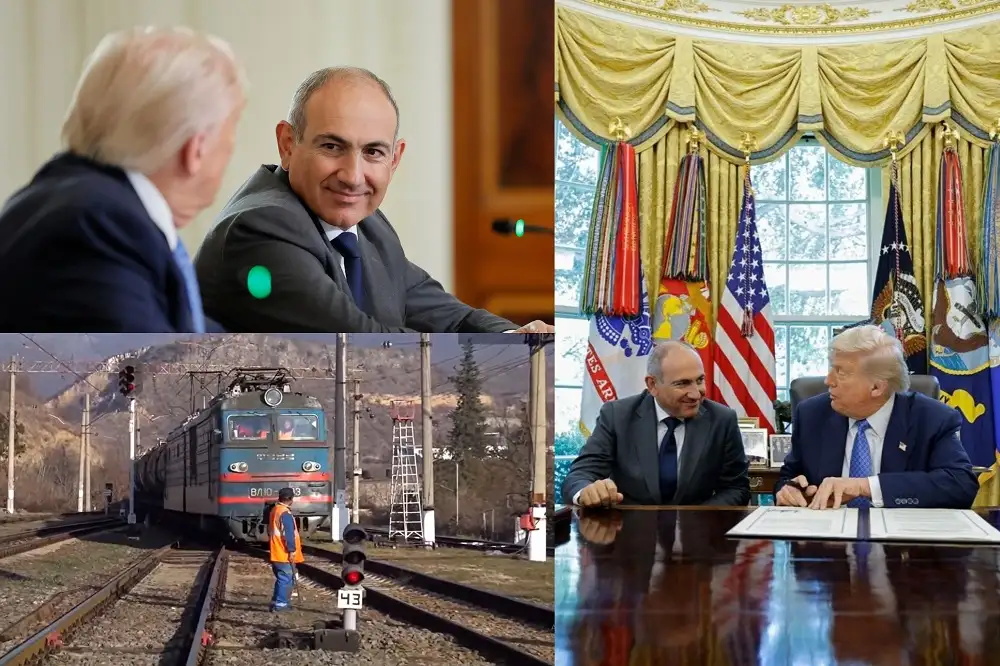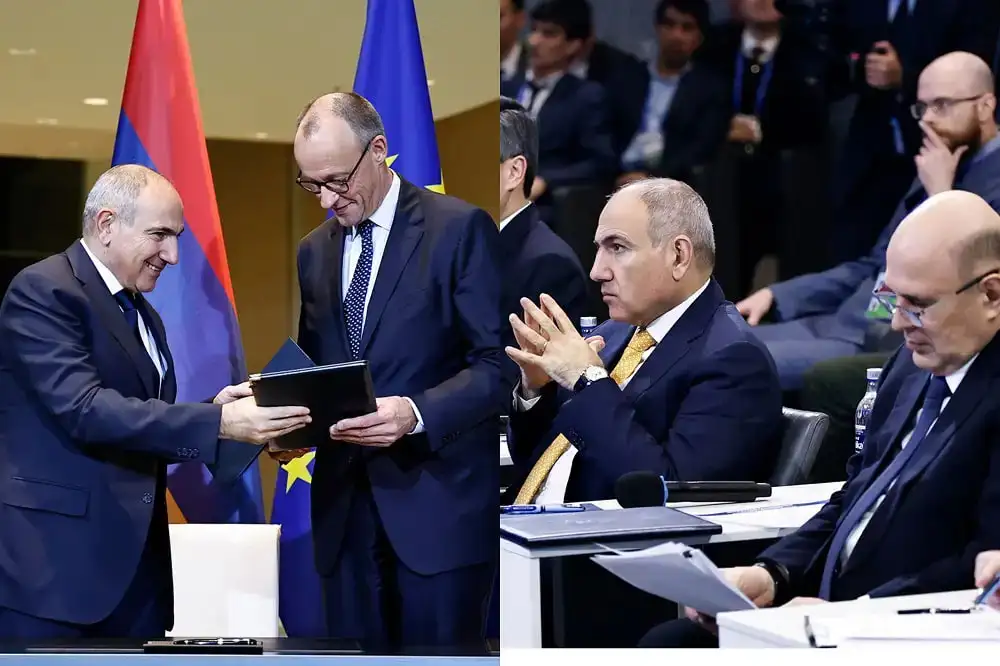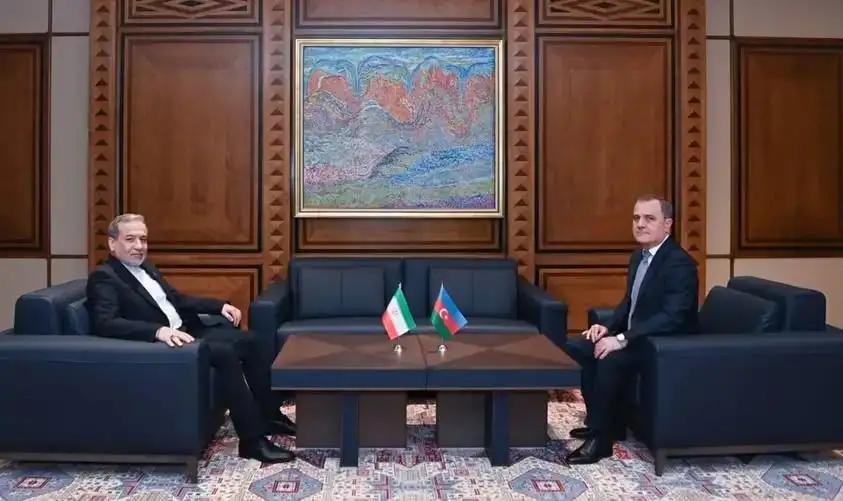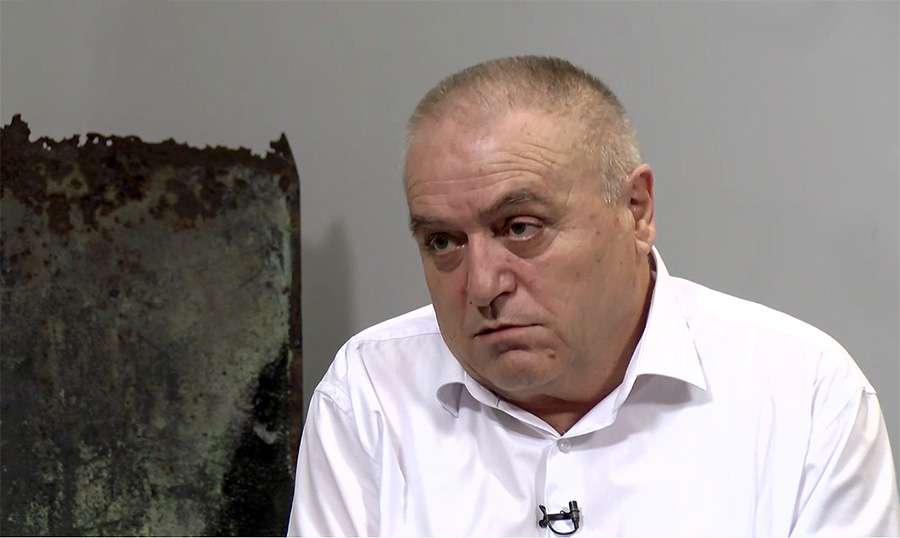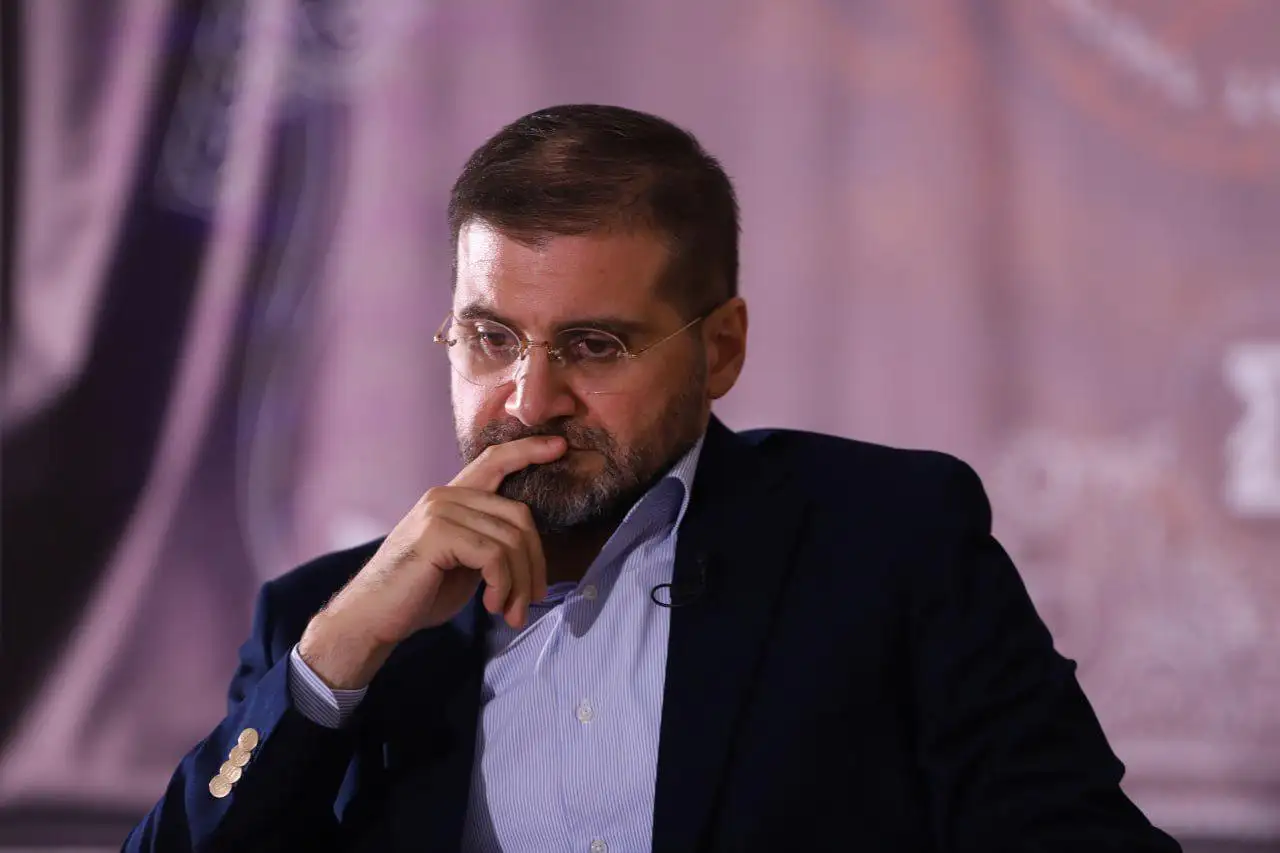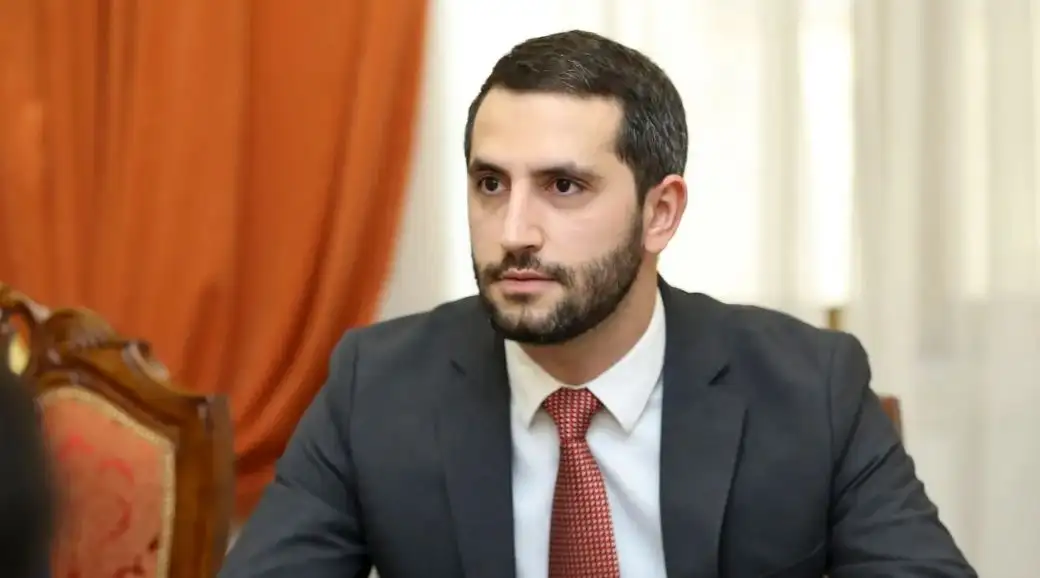The New York Times has published a column outlining the compromises in a possible deal between Ukraine and Russia.
Ukraine has said it will never recognize any changes to its borders. At the same time, Russia claims not only the roughly 20 percent of the country it already controls but also the remaining four Ukrainian regions it does not fully control.
A possible compromise: a cessation of hostilities
Russia retains control of the territory it has already seized but is halting hostilities over new ones. Ukraine and the West do not formally recognize Russia’s annexation, even if Russia maintains its broader territorial claims. The agreement could provide for a peaceful resolution of territorial disputes at some point in the future, say 10 to 15 years.
The Kursk “tangle”
Ukraine still controls about 200 square miles of territory in Russia’s Kursk region. Russia has rejected the idea that Ukraine could use the land as a bargaining chip in future negotiations. But if talks begin before Russia has withdrawn its troops, Ukraine could still find a way to trade a retreat from Kursk for concessions from Russia.
NATO and the European Union
While Ukraine wants to regain territory seized by Russia, it has also clarified that its future security is at least as necessary.
Ukraine sees NATO membership as key to that protection. Russia views the prospect of Ukraine joining the North Atlantic Treaty Organization as a threat to its security.
The Trump administration has already clarified that Russia will meet its expectations on this issue.
Leaving the path for Ukraine to join the EU but not NATO open could be presented as a compromise. Before the 2022 peace talks collapsed, Russian negotiators had agreed on a draft agreement that said the deal would be “compatible with Ukraine’s possible accession to the European Union.”
Security guarantees
Without NATO membership, Zelensky has called for deploying 200,000 foreign troops to Ukraine to help enforce the ceasefire. Analysts say the West cannot provide that much force. British Prime Minister Starmer has said his country would be prepared to send peacekeepers but has not given a specific number.
Russia also wants security guarantees that would ensure that Ukraine does not try to rebuild its military might and reclaim territory seized by Russia. It wants to limit the size of Ukraine’s armed forces and ban foreign troops from its territory.
“Putting the strings in the knot is considered the most difficult part of any negotiation.”
A group of experts led by Mark Weller, a professor of international law at Cambridge who specializes in peace negotiations, has drafted a possible agreement that would provide a compromise: deploying a small international force of 7,500 troops, staffed by countries acceptable to both Russia and Ukraine, to keep the peace on the front lines.
Weller’s proposal would impose immediate sanctions on either side if it resumes hostilities. It would allow Ukraine to conduct limited joint military exercises with other countries and cooperate with them on arms production and army training.
Foreign troops would not be permanently present, but Ukraine could host a small number of technical personnel. Ukraine would also agree to ban missiles with ranges greater than 155 miles.
Ceasefire mechanism
The sustainability of any peace process could depend on the terms of the ceasefire agreement.
Thomas Greminger, a former Swiss diplomat monitoring the ceasefire in eastern Ukraine since 2015, identifies three key issues.
The first is the agreement on a “contact line” that separates Russian-controlled territory from Ukrainian-controlled territory. This will then require the creation of a “de-escalation zone,” or buffer zone, between the opposing forces to prevent accidental skirmishes or misunderstandings from escalating into hostilities. Third, he says, there must be some way to hold both sides accountable for ceasefire violations.
The agreements “can be very technical” on issues such as the de-escalation zone and the maintenance of the ceasefire, but the wording can be “very crucial to maintaining the ceasefire,” he says.
NATO in Eastern Europe
Putin claims that his war is aimed at forcing Ukraine and the West to accept a new security architecture in Europe.
A few days after the invasion, a week ago, he issued an ultimatum demanding that NATO halt its eastward expansion and withdraw its troops from most of Europe. In a phone call with Trump on February 12, Putin warned of the need to “eliminate the root causes of the conflict,” the Kremlin said. That means Russia is likely to make demands far beyond the fate of Ukraine itself.
America’s allies argue that NATO’s withdrawal from Europe would increase the risk of a Russian invasion of Poland and the Baltic states. However, given his skepticism about deploying American troops abroad, Trump is unlikely to agree to such a deal. All of this would make negotiations incredibly difficult. Greminger, who has worked with experts close to governments interested in ending the war to determine how the talks might proceed, sees at least three negotiating paths: American-Russian, Russian-Ukrainian, and Russian-European.
“You have at least these three levels. There are no shortcuts,” he said.




